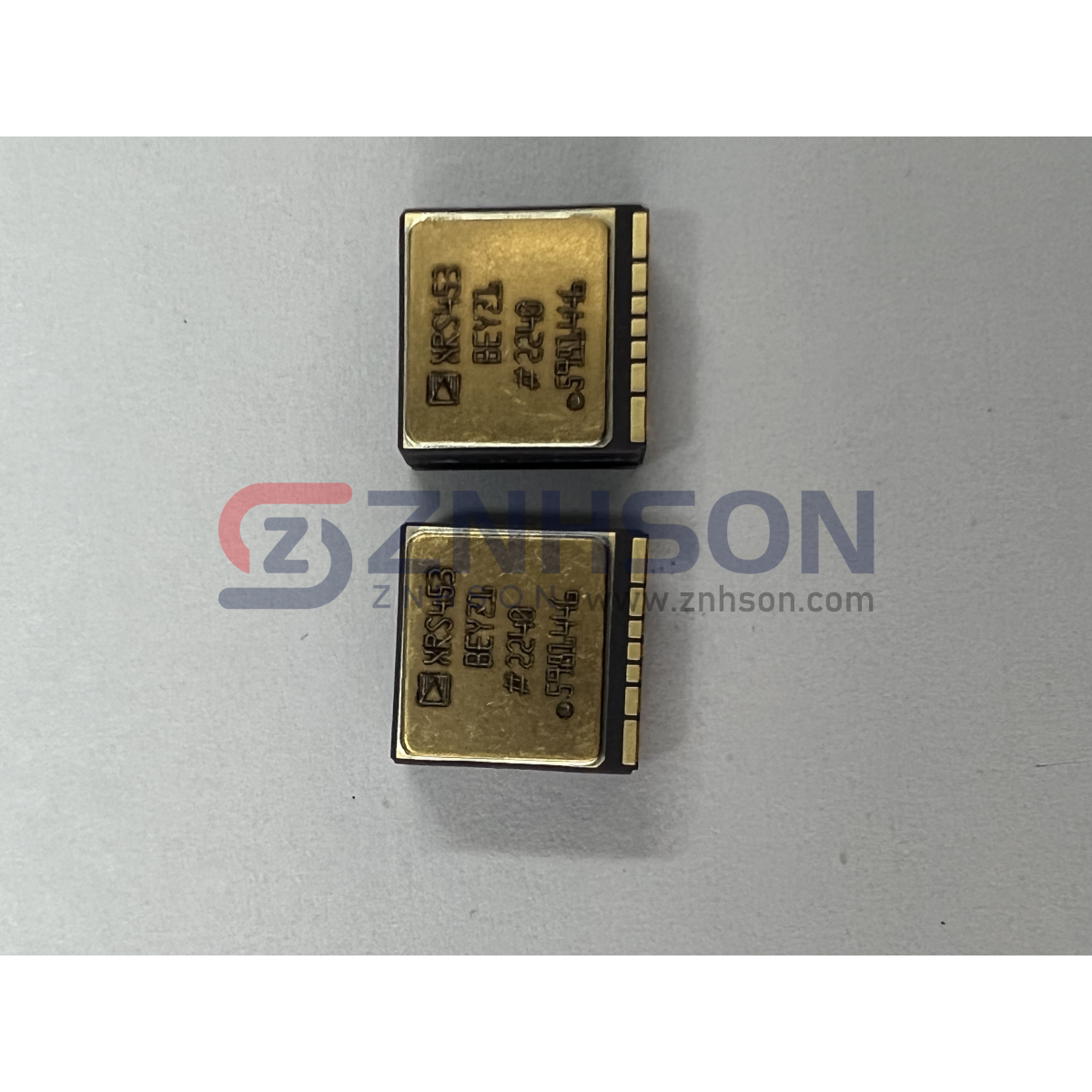Motion Sensors - Gyroscopes

Motion Sensors - Gyroscopes
Motion Sensors - Gyroscopes
Definition:
Motion Sensors - Gyroscopes are advanced sensing devices designed to measure and maintain orientation and angular velocity. These sensors utilize the principles of angular momentum to detect rotational motion across multiple axes, providing precise data for navigation, stabilization, and motion tracking applications. Gyroscopes are integral in industries requiring high accuracy, such as aerospace, robotics, automotive, and consumer electronics.
Types of Gyroscopes:
1. Mechanical Gyroscopes: Traditional designs using spinning rotors for angular momentum, known for reliability but limited by moving parts.
2. MEMS Gyroscopes (Micro-Electro-Mechanical Systems): Compact, cost-effective, and widely used in smartphones, drones, and IoT devices.
3. Fiber Optic Gyroscopes (FOGs): High-precision sensors leveraging light interference in optical fibers, ideal for aerospace and defense.
4. Ring Laser Gyroscopes (RLGs): Utilize laser beams in a closed loop, offering exceptional accuracy for aviation and marine navigation.
5. Vibrating Structure Gyroscopes: Detect Coriolis effect-induced vibrations, balancing performance and affordability.
Purchasing Recommendations:
- Application Needs: Select MEMS for consumer gadgets, FOGs or RLGs for mission-critical systems, and vibrating structures for industrial automation.
- Accuracy & Range: Prioritize bias stability and dynamic range for high-performance tasks (e.g., drone stabilization).
- Environmental Resilience: Opt for ruggedized gyroscopes in harsh conditions (e.g., military or automotive use).
- Integration Ease: Ensure compatibility with existing systems (e.g., I C/SPI interfaces for embedded designs).
- Supplier Reputation: Source from certified manufacturers with proven reliability and post-sales support.
By aligning gyroscope selection with technical requirements and operational demands, buyers can enhance system precision and longevity.



















